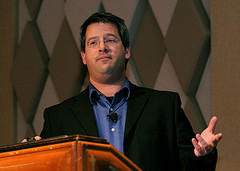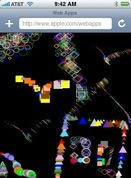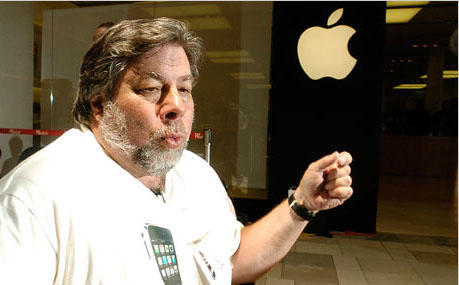Steve Jobs’ worst-case scenario is about to come true.
From the earliest days of the iPhone and iPod Touch, Apple sought to assure consumers its mobile devices would not become handheld smut emporiums, and yet the adult entertainment industry began steadily chipping away at such promises almost as soon as they were made.
Comes now Variah, with a brand new mobile “gaming” app exclusively for jailbroken iPhones and iPod Touch that lets users interactively touch, strip and stroke beautiful models to climax.
Apple’s mobile devices are soon enough going to be definitely NSFW, and we’re not talking anything near as tame as iBoobs, either, let me tell ya.
Variah’s UFookMe app not only offers interaction, it also scores players on foreplay technique, the number of erotic surprises they discover and the quality of climax achieved.
The first title, UFookTanya, features porn star Tanya James, a tall, blonde, girl-next-door who definitely reveals more than anything you’ll see in even the AppStore’s relatively risqué apps, such as iGirl or Wobble.
A brave new world is coming for iPhone and iPod Touch users and some of it will be clothing optional. Ҭ



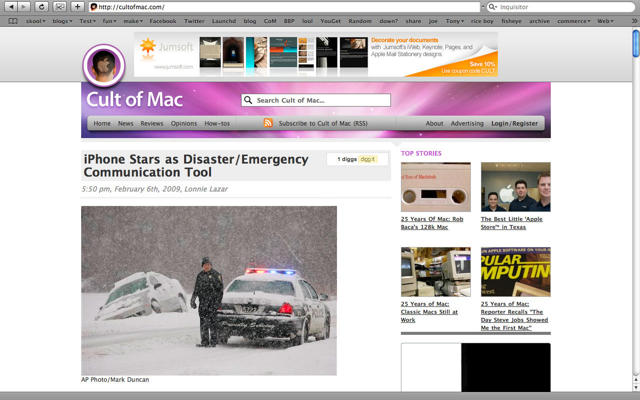


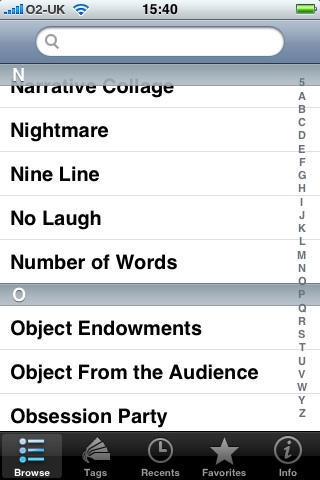
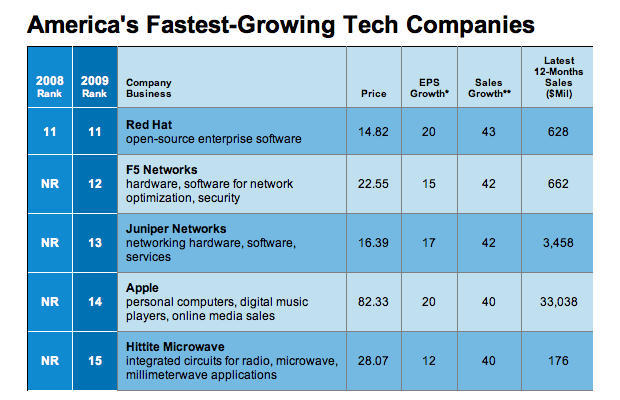
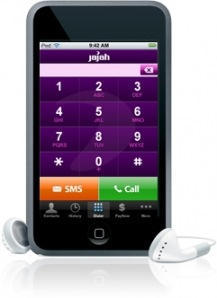


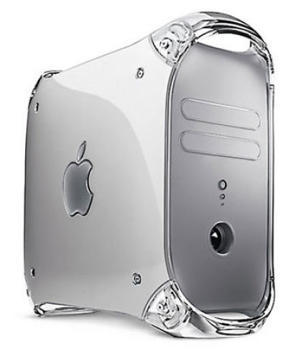




 The percent of people that intend to buy a Mac within the next three months declined to its lowest point since 2007, a consumer research firm said Wednesday.
The percent of people that intend to buy a Mac within the next three months declined to its lowest point since 2007, a consumer research firm said Wednesday.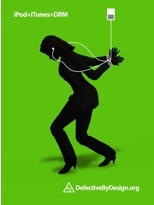
 Apple’s upcoming OS X software, codenamed Snow Leopard, will include support for multi-touch technology heavily used by Cupertino’s popular iPhone handset, according to a report Thursday.
Apple’s upcoming OS X software, codenamed Snow Leopard, will include support for multi-touch technology heavily used by Cupertino’s popular iPhone handset, according to a report Thursday.